Is Lefarc the World’s Most Sustainable Leather Tannery?
Note: This article is kind of sponsored by Lefarc, a tannery that supplies leather to brands like Thursday Boot Company, Timberland, and Saddleback. They didn’t pay us money, but they did pay for plane tickets and accommodation so we could attend one of their workshops and they asked us to make a video about their sustainability practices while we were there.
Lefarc Tannery in Mexico is proud to be the most sustainable tannery in the country, and possibly — due to being the only tannery that uses the Qualus system described below — the most sustainable tannery the world. They’re so confident in the fact that they flew me down to León, Mexico, to check out their operation.
These guys are very serious about making clean leather and while they use a lot of tech that has become common in the developed world, some of it is unique to their own operation. Here’s why they’re worth knowing about.
What is Sustainable Tanning?
Tanning can be pretty bad for the environment: historically, turning dead animals into furniture and apparel that won’t rot has required an extraordinary amount of water, time, chemicals, and energy.
Lefarc does both vegetable tanning and chrome tanning, which are the two primary methods of making leather.
Vegetable tanning is a very old fashioned and plant-based way of making leather that’s been used for thousands of years. Employing tannins found in plant matter, it’s gentler on the hide and many find it to age more beautifully. However, it’s harder to dye and takes longer to break in, so it’s often unsuitable for brands to use. (Anecdotally, many boot companies have noted that vegetable tanned leather boots get returned more often because they tend to be more uncomfortable at first and customers don’t want to wait for them to soften up — or can’t be convinced that they will.)
Invented in the mid-19th century, chrome tanning takes a day or two (versus the weeks or months for veg tan) and it makes a more supple, vibrant leather — some 99% of the world’s leather is now chrome tanned. But it has a bad reputation for environmental issues: cheaper, unregulated tanneries use harsh forms of chrome tanning that produces considerable toxic waste and causes health issues in the surrounding populations.
When a tanner makes chrome tanned leather, there are two types of chrome that can be used. The first is called Chromium III, which is a safe and sustainable tanning chemical. If chrome III isn’t handled properly, it turns into the hazardous chromium VI. This is mainly because of poor process control at the tannery and buying cheap chemicals.
Sustainable tanneries put a lot of processes in place to keep chromium VI out of the environment.
[Related: Koio’s Mission To Clean Up Chrome Tanned Leather]
Water Treatment
Water is an important component of tanning leather. It delivers all the chemicals and tannins into the hide, which keep it from putrefying and getting rotten and nasty.
Unlike some tanneries, who just dump the wastewater back into the environment, Lefarc treats the water first.
“Since day one, we have been working with sustainability, but we have been taking it to another level since 11 years ago,” says Francisco Rios Warren, Sales Manager at Lefarc. “We have our own water treatment plant. It’s almost black water when we take it and when we return it, it’s clear water.”
[Learn More: The 10 Best Leather Tanneries on Earth]
Lefarc doesn’t use any Chromium-6, which is the harmful byproduct of chrome that inferior facilities often used in chrome tanning and is known to cause respiratory problems and skin problems. Lefarc has a swathe of controls in place to make sure that absolutely no chromium-6 is released into the environment.
To help ensure this outcome, they compress all the nasty byproducts into a sludge called heavy mud and press it into a dry solid state they call “biscuits.” They work with a waste management company that then treats the biscuits to reduce their toxicity before safely disposing of them.
These aren’t standard steps in the tanning process and they set Lefarc apart from a lot of other companies out there.
The Qualus System
“Another way we’re saving water is the Qualus System,” says Warren. “It’s small pellets made form polypropylene. These help us reduce water usage from 40 to 50 percent on every drum load.”
Based on cutting edge research out of the Institute for Creative Leather Technologies (ICLT) at the University of Northampton, the Qualus system puts hard polypropylene balls into the drums during the tanning process, helping to more effectively work the chemicals into the hide — thus saving water. This is a key component and no other tannery on Earth employs.
Repurposing Waste
Another potential sticking point for a sustainable tannery is the process of shaving and splitting the hides. Shaving the hides, of course, produces a lot of hair and splitting removes much of the skin, and many tanneries simply throw this hair and skin into the trash. (Hey, you probably would too if you didn’t know there was an alternative.) \
Lefarc repurposes these waste byproducts and turns them into collagen.
Sourced from the hair and skin, collagen is used in protein supplements and beauty products because it helps to strengthen hair, skin, and nails. There’s a good chance that you, or someone you know, have used some of these products made with the byproducts from tanning your leather boots.
Solar Power
Another useful way to reduce your carbon footprint? The sun.
Tanning takes a lot of energy: you need to pump the water and power all the machines for splitting, tumbling and drying the hides. To save money and energy, Lefarc installed roof mounted solar panels.
“Lefarc has more than 800 solar panels on the roof: 30 to 40 percent of our energy consumption is generated through these panels,” Warren notes. “Nowadays we have big savings from the solar panels but more important for us, we’re being more sustainable.”
Corporate Social Responsibility
Lefarc’s tannery is impressive, but they take sustainability outside of the workplace to help people in their community.
Once a month, everyone at the company spends a day helping in the community. The activities range from painting schools, to cleaning up river beds, and even planting trees for reforestation. They even sponsor a local boxer named Jair Valtierra.
Wrapping Up
It was a fantastic experience heading down to León and hanging out with the team at Lefarc. I learned a lot not just about making leather, but also about all the ways tanning leather doesn’t have to be terrible for the environment and can actually help the local community.
I don’t know about you guys, but as someone who buys and owns a lot of leather, it’s great to know that I can choose brands that help and manufacture their products in a clean and sustainable way.
“Lefarc takes a lot of pride in being the most sustainable tannery in Mexico and every day we’re trying to make everything in the most sustainable way,” says Warren. “Sustainable is our way.”
[Learn more about Lefarc in this video where they taught me how to make boot leather!]

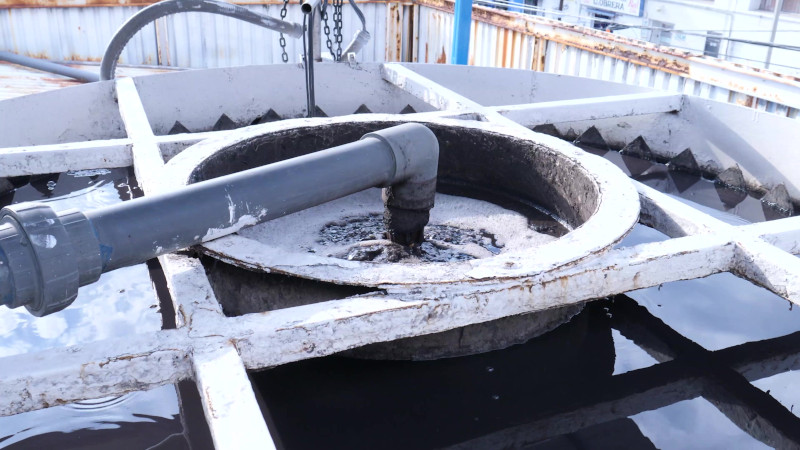
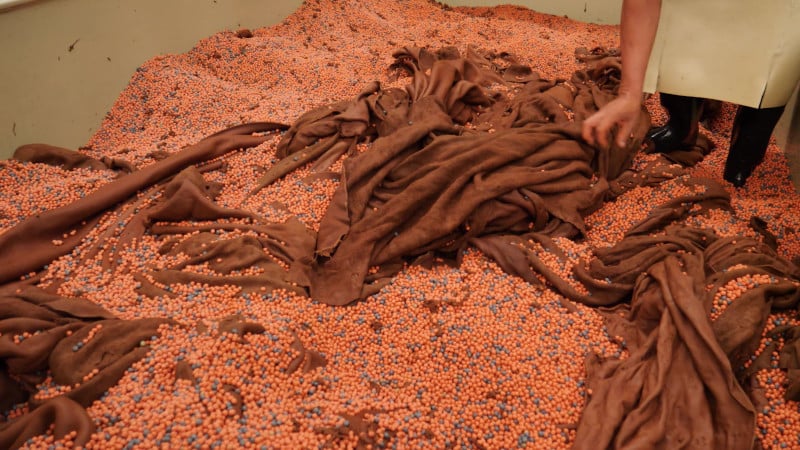
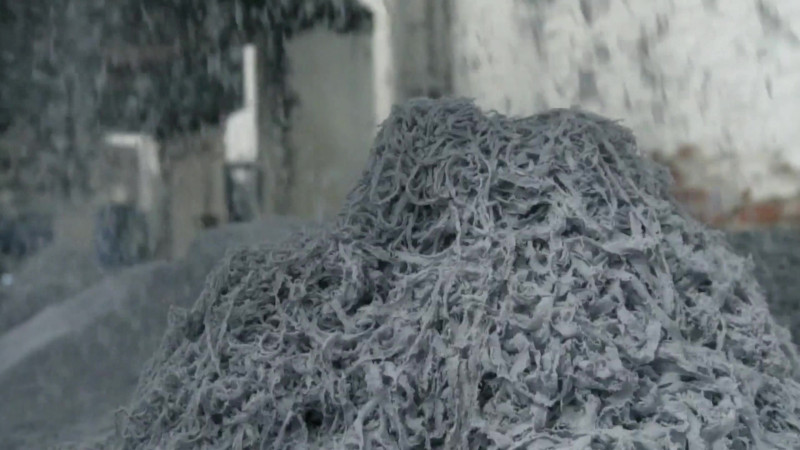
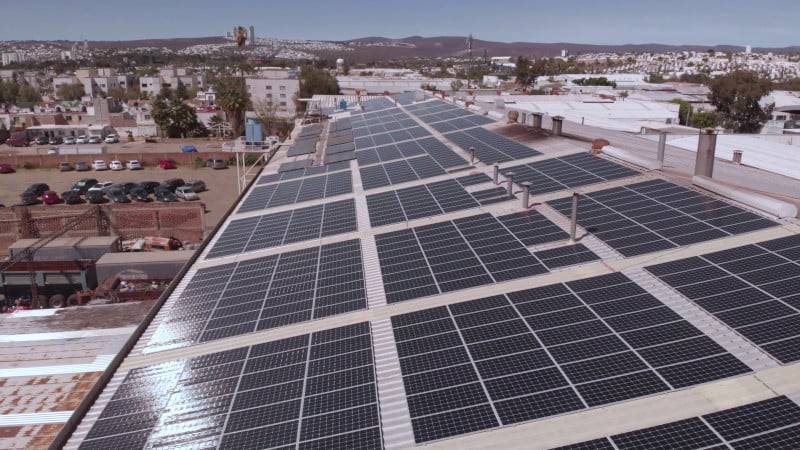


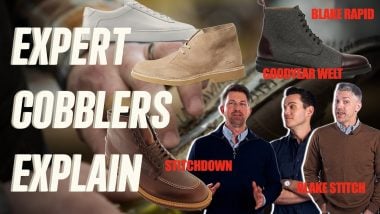
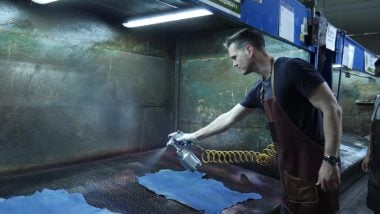

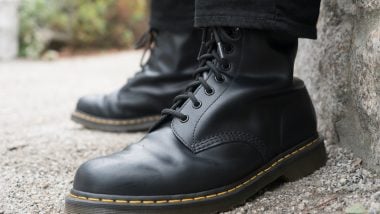
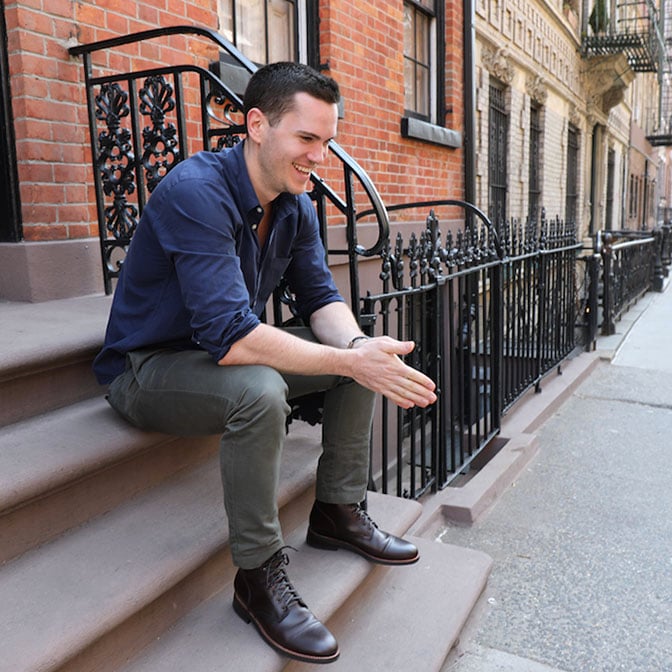
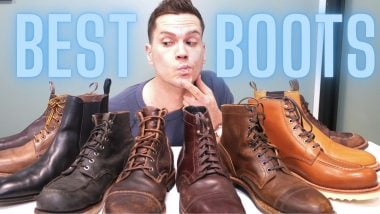
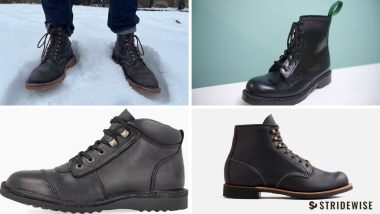


Join the Discussion